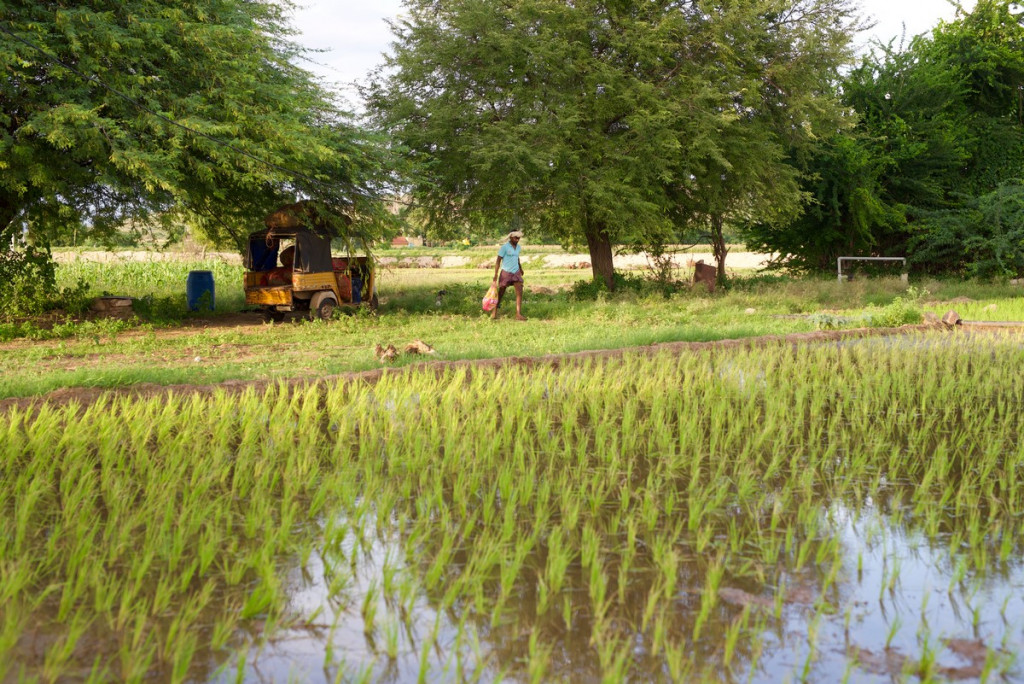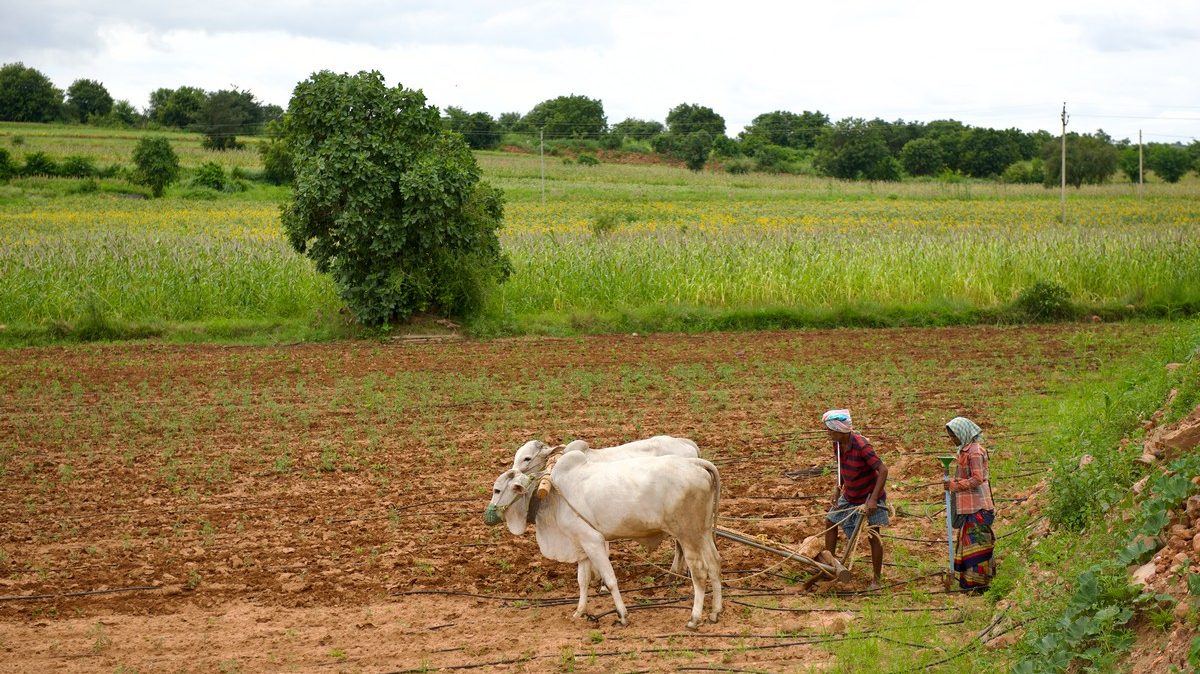Alwar District - Rajasthan, India
In collaboration with

May 2023 – December 2023
Water resource management is conserving, regenerating, and judicious using human and natural resources within a particular basin. This involves a combination of water management practices and land use practices to protect and improve water quality, soil, and other natural resources within a watershed.
Objectives
- Conserve water sources for domestic and irrigation purposes.
- Sediment removal and embankment reinforcement of selected village ponds.
- Tree planting to improve soil conservation.
- Establish a governance system at the community level for sustainable water use and maintenance of the facilities provided.
Beneficiaries
4.360 direct
12.500 indirect

On the ground
Overexploitation of aquifers.
In the Alwar district of Rajasthan, the rural population relies on natural resources for their livelihood, making them even more vulnerable to the impacts of climate change, which manifest through droughts and lack of access to safe water. The city of Alwar does not have a surface water source and entirely depends on groundwater pumped to elevated tanks and supplied through the network system. A study of Alwar’s groundwater, conducted by the Central Ground Water Board (CGWB) in 2010, reveals that the water depth varies from 10 to 40 meters below ground level in most parts of the district, indicating clear overexploitation..
Unplanned rapid urbanization and increased marble mines around the villages further exacerbate the water scarcity caused by insufficient rainfall. Rainfall significantly impacts the water level, as it is the only source of aquifer recharge. Industries’ indiscriminate use of lake beds in villages and the overexploitation through tube wells for irrigation have led to groundwater scarcity. In the early 1990s, groundwater was available at nine meters, but today, water is unavailable even at a depth of 180 meters. Over the last decade, Alwar’s average precipitation has decreased sharply by about 55 cm. Furthermore, the groundwater depletion rate was 0.30 mm per year previously, but it is now 1 mm per year. This widespread water depletion leads to drought throughout Alwar, impacting communities directly, especially children, regarding food security, poverty, malnutrition, and communal conflicts.
The majority of the population in villages are poor and marginalized farmers who primarily rely on agriculture and animal husbandry for their livelihood. Traditional rainwater harvesting systems like Johads, Paals, and Bandhs are in a state of neglect, and there are no perennial rivers to meet their needs. Due to a lack of awareness, people in the villages must be made aware of water conservation techniques, rainwater harvesting, and groundwater recharge methods.

In detail
872 households will benefit from improved access to water during the summer season for daily use, agriculture, and livestock, thereby reducing and halting migration. The men, women, and children from 2,500 households surrounding the target village will also benefit from water resource management interventions.
The project activities are as follows:
- Assessment and Baseline
Identifying water bodies in the village, developing estimates and capacities for pond regeneration, and establishing baselines for the project. The assessment report will include a detailed implementation plan for each village involved in the project. - Community Mobilization
Formation of local Self-Help Groups (SHGs) and Village Health, Sanitation, and Nutrition Committees (VHSNC) for the efficient use and management of water.
Building the capacities of SHGs and VHSNCs in water-related topics.
Providing follow-up services such as micro-planning, implementation, and management for sustainability. - Water Conservation
Improving existing water structures to enhance storage capacity.
Cleaning village and farm ponds and strengthening embankments.
Cleaning and deepening open wells.
Clearing and desilting water channels and pond inlets.
Constructing new farm ponds and inlets where needed (according to the assessment report).
Building groundwater recharge wells. - SDeveloping trenches and contours around village ponds to prevent soil erosion and nutrient loss during water entry.
Planting trees.
Sustainability perspectives
Renovation and conservation efforts for the water system do not present difficulties, but making them sustainable and usable always requires a change in community mindset. The commitment of each citizen, local government bodies, and community organizations is essential to maintain available services. Therefore, to ensure sustainability, the program will promote change through training and strengthening community organizations (a maintenance committee) as a first step. We also will conduct community activities to instill the need for resource conservation and promote hygiene behaviors and practices along with regular utilization and conservation of resources.


